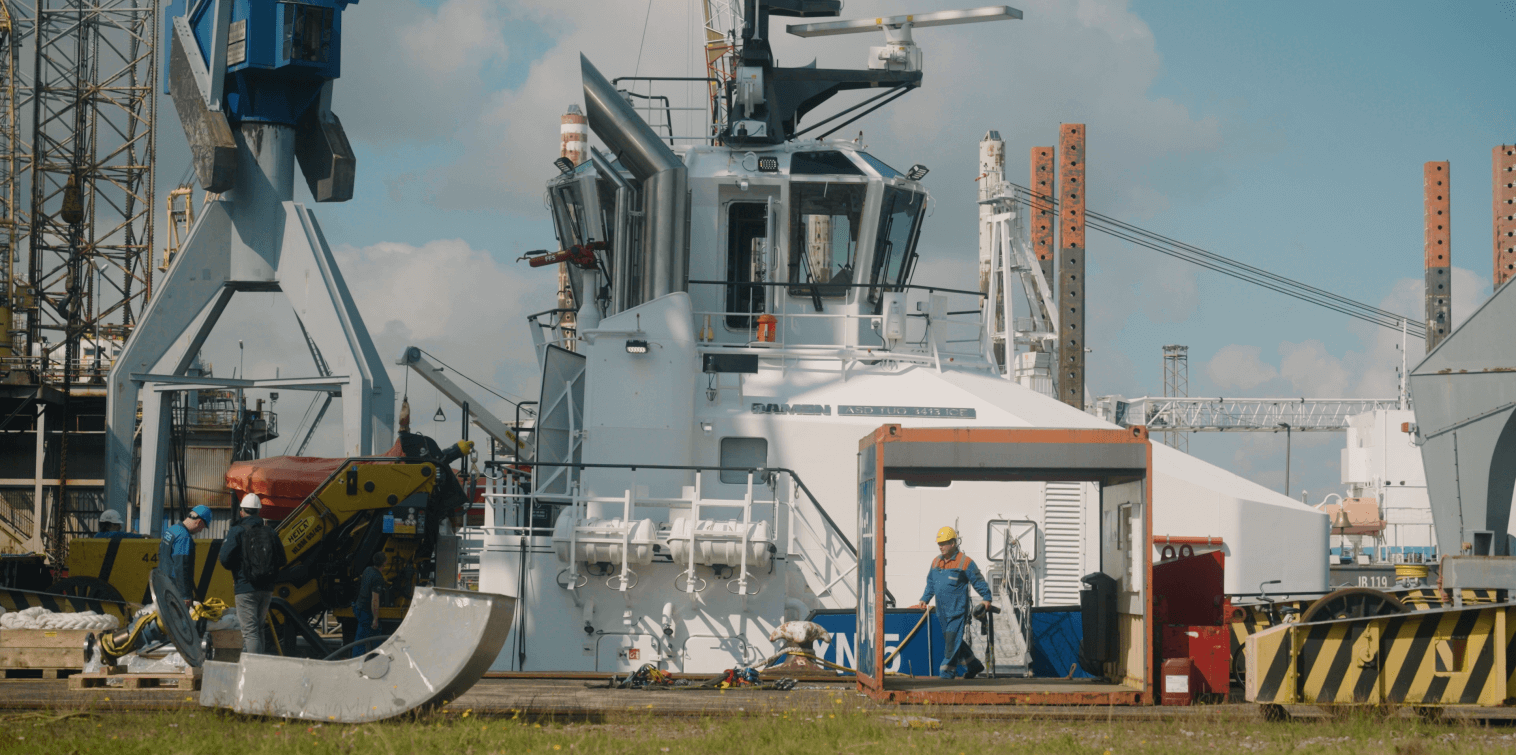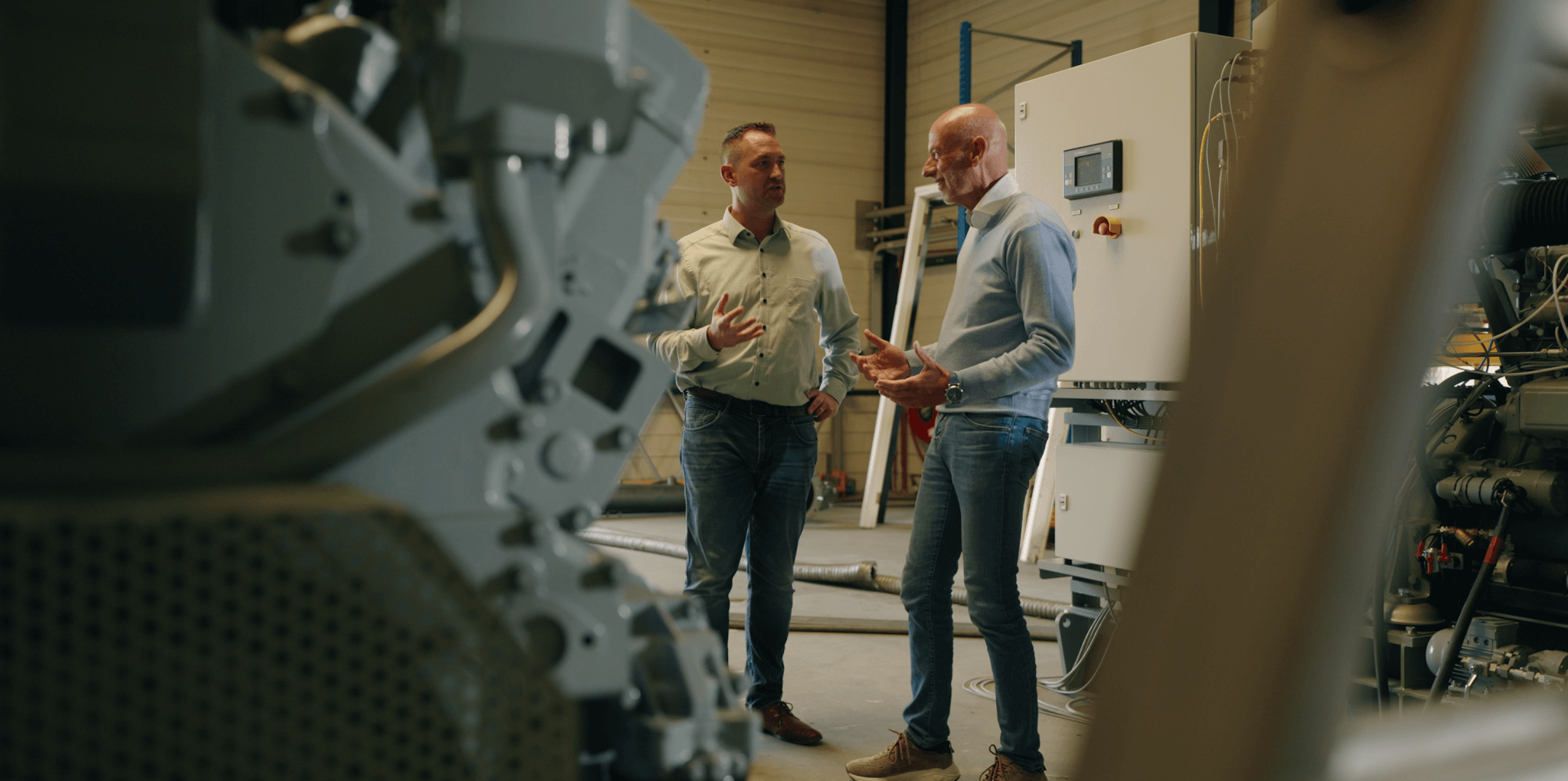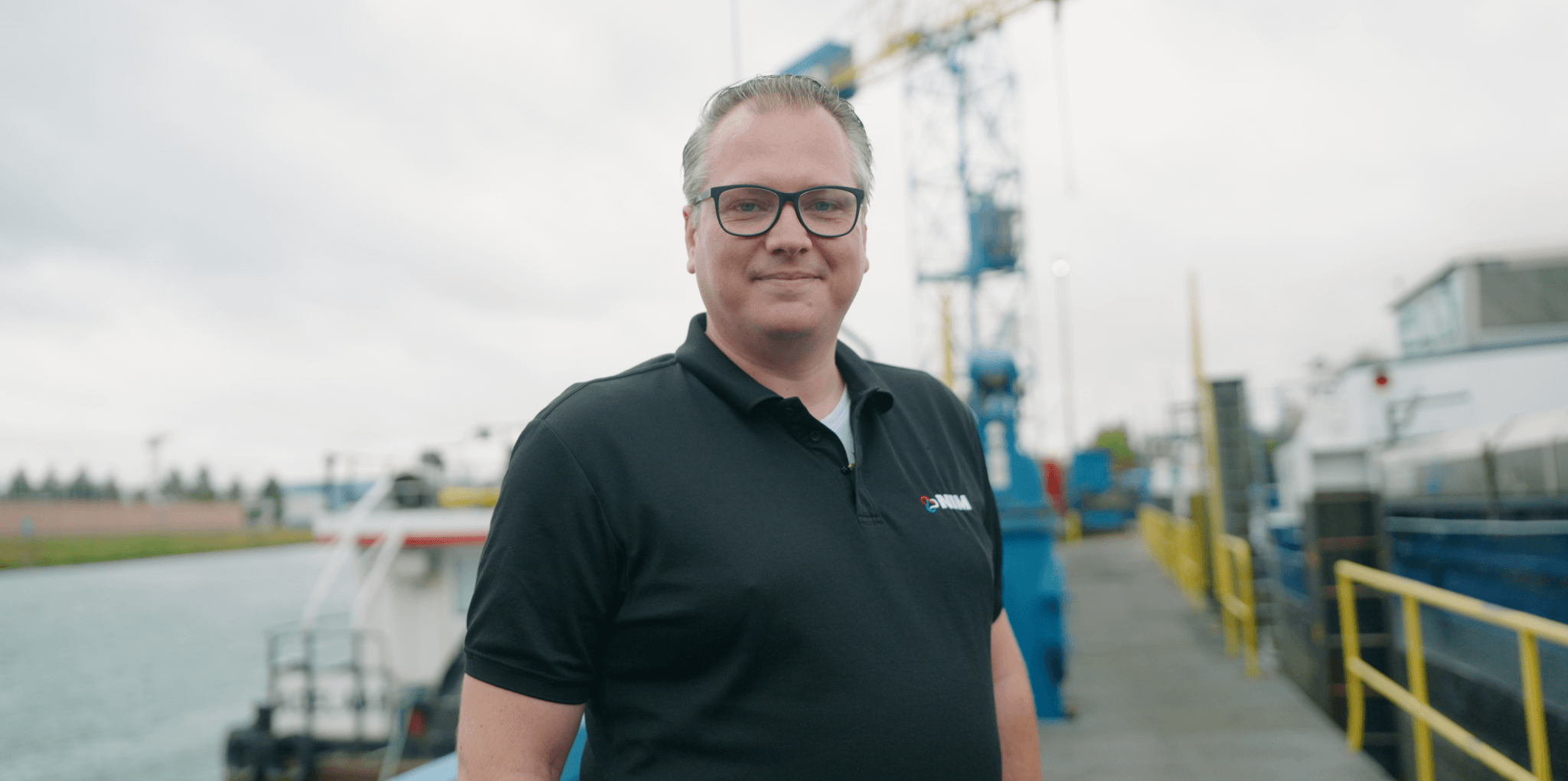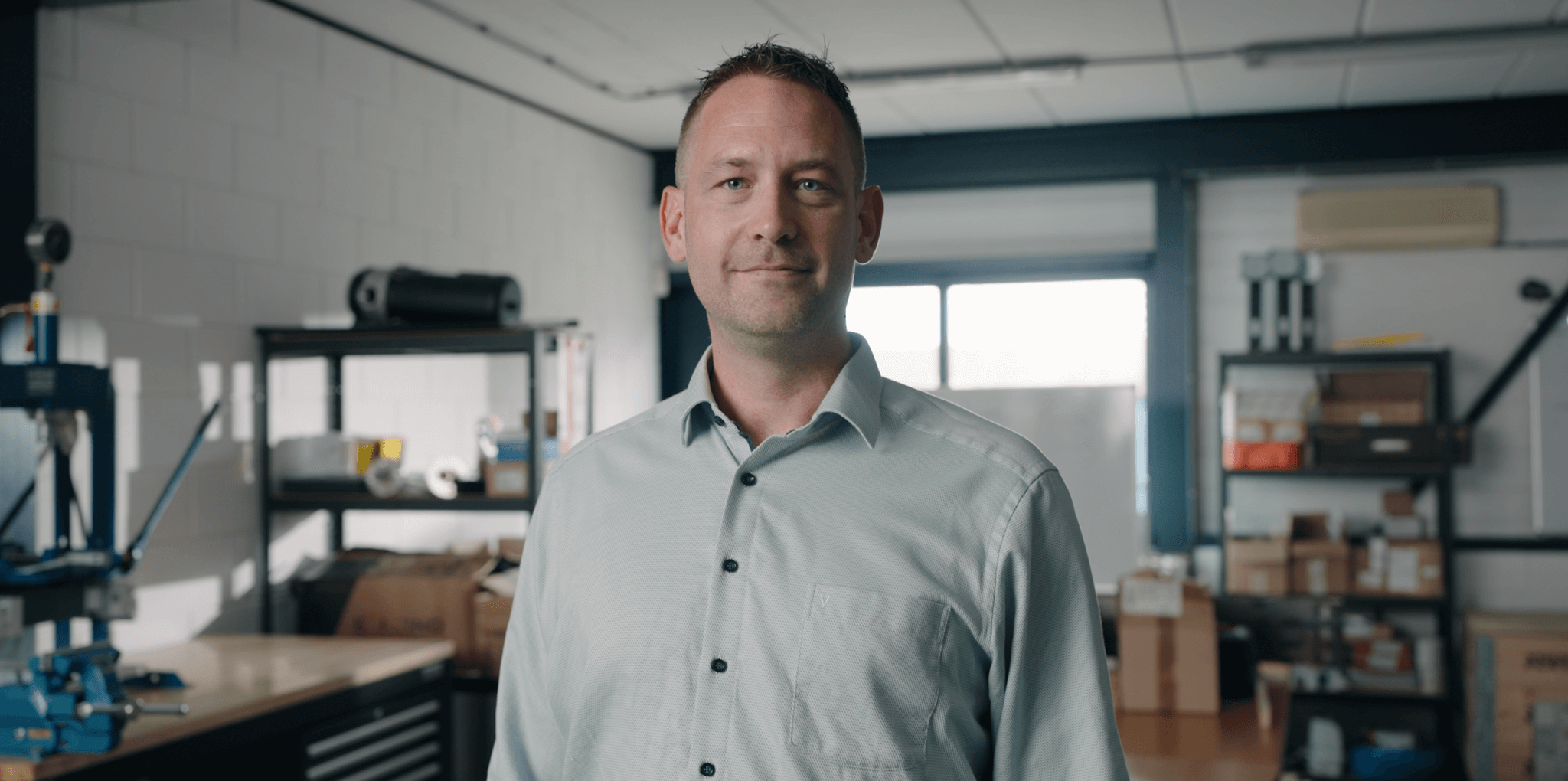Circular shipbuilding in the Rotterdam region

Whitepaper
In the Rotterdam region several initiatives are moving ahead to make this happen. Read the whitepaper for more info about what we do to foster circularity in the maritime industry in Rotterdam.
Whitepaper - Circularity in Shipbuilding
Shaping sustainable shipping: innovation, people and partnerships in Rotterdam


Working with trust and curiosity: Shanna van Berchum on building a career in the maritime industry


Beyond the engine: testing methanol for cleaner shipping


How Jeff de Graaf builds bridges between technology and talent


How NIM accelerates the adoption of sustainable technologies

